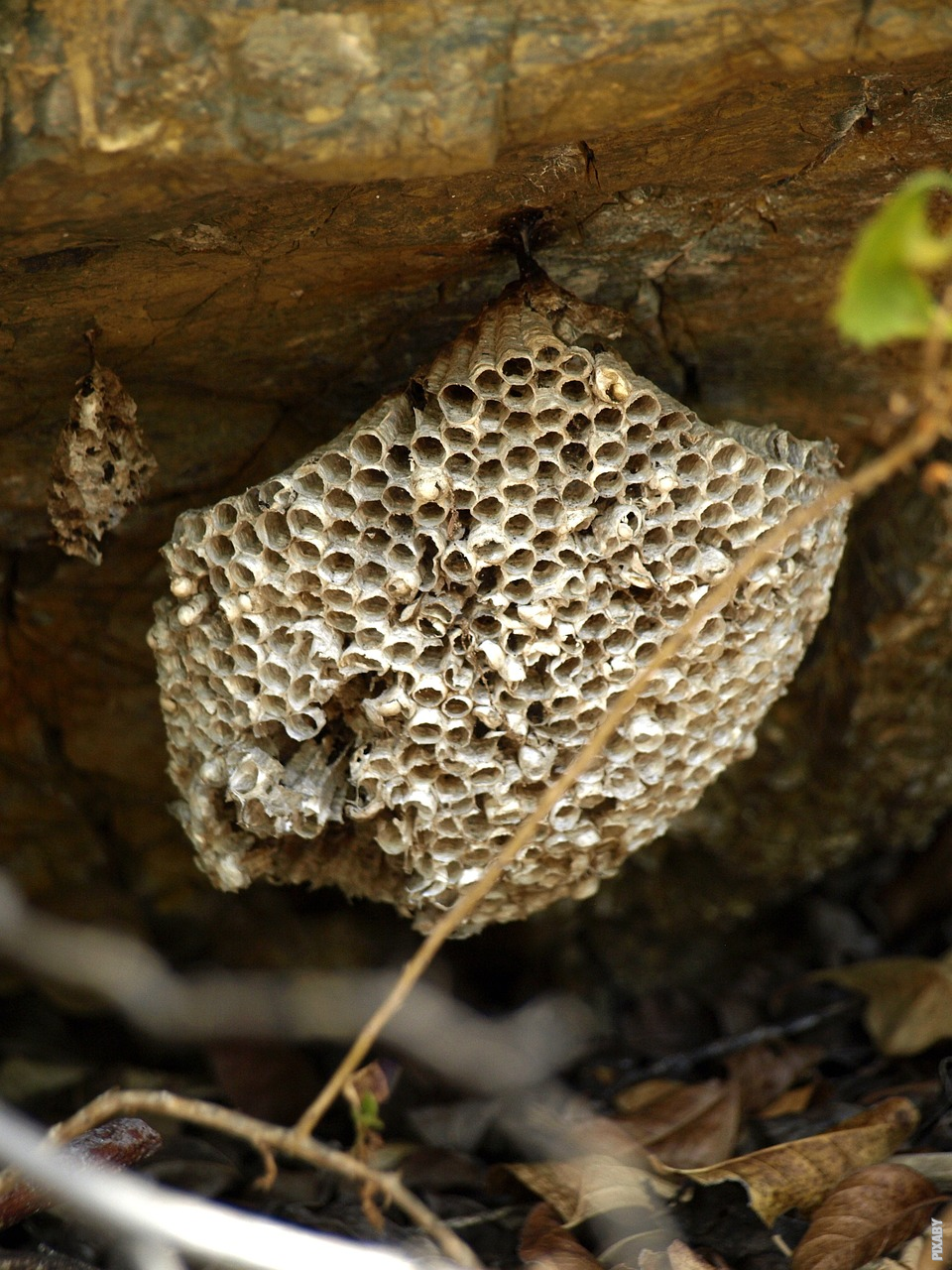The Fascinating Architecture of a Beehive
The structure of a beehive is a marvel of nature, perfectly designed to meet the needs of a thriving honeybee colony. From its intricate construction to its efficient use of space, a beehive is a true masterpiece. Let’s delve into the details of this remarkable architectural marvel.
The Outer Shell: Protection and Insulation
At first glance, a beehive appears as a cluster of hexagonal cells stacked together. However, there is more to it than meets the eye. The outer shell of a beehive is made up of beeswax, a substance produced by worker bees. This wax serves as a protective layer, shielding the colony from the elements and intruders.
The Combs: A Home for the Colony
Inside the beehive, the real magic happens. The combs are the heart and soul of the colony, providing a place for the bees to live, store food, and raise their young. These combs are made up of thousands of individual cells, meticulously arranged in a honeycomb pattern.
The Honeycomb Pattern: Nature’s Perfect Design
The honeycomb pattern is a true masterpiece of engineering. Each cell is a precise hexagon, carefully constructed to maximize space and efficiency. This hexagonal shape allows for the perfect fit, with no wasted space between cells. It is nature’s way of optimizing storage capacity while minimizing material usage.
The Cell Walls: Strength and Durability
Within the honeycomb, each cell is surrounded by six walls, forming a sturdy structure. These walls are incredibly thin, yet strong enough to support the weight of the honey stored within. The bees use beeswax to build these walls, creating a durable and long-lasting home for the colony.
Post
Post
The Ventilation System: Keeping the Hive Cool
A beehive is a bustling hub of activity, with thousands of bees living together. To maintain a comfortable temperature within the hive, bees have a unique ventilation system. They create small gaps between the cells, allowing air to circulate and regulate the temperature. This ventilation system ensures that the hive stays cool, even in the hottest of summers.
The Entrance: Gatekeeper of the Hive
Lastly, the entrance of a beehive serves as the gateway for bees to enter and exit. It is here that guard bees stand watch, protecting the colony from potential threats. These guard bees are ever vigilant, ensuring the safety and security of the hive.
In conclusion, the structure of a beehive is a true masterpiece of nature’s engineering. From the protective outer shell to the meticulously designed honeycomb pattern, every element serves a purpose in maintaining the strength and functionality of the colony. The bees’ incredible architectural skills continue to astound scientists and inspire awe in all who witness the wonder of a beehive.



